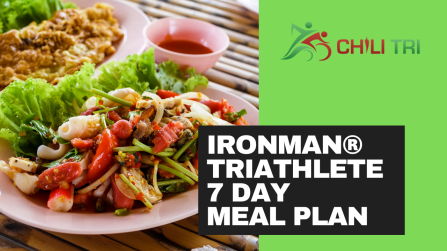Your Essential IRONMAN Fuel Plan - Hydration and Nutrition
 Karen Parnell
March 14, 2022
Karen Parnell
March 14, 2022
Your Essential IRONMAN Fuel Plan - Hydration and Nutrition
What to eat and drink during an IRONMAN or IRONMAN 70.3 triathlon to ensure you stay strong on race day right to the finish line!
When it comes to conquering an IRONMAN, it’s not just about training your body—it’s also about fueling it properly. Whether you’re pushing through the 112-mile bike leg or digging deep during the marathon, the right nutrition and hydration strategy can make or break your race.
In fact, even the fittest athletes can be sidelined by poor fueling choices or GI distress if they're not careful.
That’s why having a solid plan in place is essential to ensure you’re taking in the right amount of carbs, electrolytes, and fluids at the right time.
Plus, you’ll want to be familiar with the nutrition products provided on course. While IRONMAN races typically offer a range of options, from energy gels to sports drinks, it’s a good idea to check ahead and even trial these during your training. The last thing you want is to discover mid-race that your body doesn't agree with something new!
In this guide, we’ll walk you through how to tailor a hydration and nutrition strategy that works for you, so come race day, you can focus on your performance—not stomach issues.
Get your FREE Athlete Recipe Books
RACE DAY FUELLING
Pre-Race: Three to Four Hours Before
On race day, it is very important for you to wake up and eat early.
This will allow the body adequate time for the pre-event meal to digest. Preferably, you should consume a meal three to four hours before the start. This gives the body plenty of time to absorb and digest the calories prior to race start time and to help prevent gastrointestinal upset. Food selection should be planned well in advance and not deviate from the food you have eaten during training. Everything available should be familiar to you as well as easy to digest. If you are unable to eat due to anxiety, consuming calories in two smaller meals rather than one large meal is recommended.
You can find out what the professional triathlons eat for breakfast at GTN.
Breakfasts are very personal for example Lucy Charles-Barclay says "I stick to my usual bowl of porridge, as I know that works for me and I’ve tested it. Sometimes I’ll add plain white toast with peanut butter. I like caffeine, so I’ll drink a cup of tea and coffee, too. It’s important to keep your diet as normal as possible for an event."
Pre-Race: Two Hours Before
If you have consumed a meal three to four hours before, this meal is not necessary. If this is your first meal, it is recommended that athletes consume no more than two grams of carbohydrate per kilogram of body weight.
Pre-Race: 90–60 Minutes Before
Within 90 minutes of the race start, you should consume only liquid or semi-solid fuel sources, such as sports drinks, carbohydrate gels or chews. This is because there is not sufficient time for solid foods to digest. Taking in anything solid at this point may put you at risk for gastrointestinal upset.
Within one hour of the race, you should avoid taking in more than 30 grams of carbohydrates, even in liquid form.
Pre-Race: 20–15 Minutes Before
If you can tolerate it, you may choose to take in a final carbohydrate gel, which provides approximately 100 calories and 25 grams of carbohydrates. Athletes may choose to bring a carbohydrate gel with them by tucking it into their wetsuit sleeve.
Otherwise, at this point, it is best to only take in liquids, such as sports drinks and water. Athletes may want to time their last liquid intake and amount to leave enough time to empty their bladder before the race start.
Many athletes will choose to bring a disposable bottle for water or a sports drink to the swim start.
Sodium Preloading: Preloading your hydration is a technique of consuming a high sodium electrolyte drink (1500 to 3600 mg sodium per liter) in the 15 to 20 minutes before your event has been seen to improve hydration status and improve performance in athletes competing in hot, humid temperatures.
Proper Race Fuelling
Proper fuelling during the race is critical to your health and performance. After the completion of the swim leg, you must make refuelling a priority.
Get your FREE 7-Day Race Week Meal Plan for Triathletes
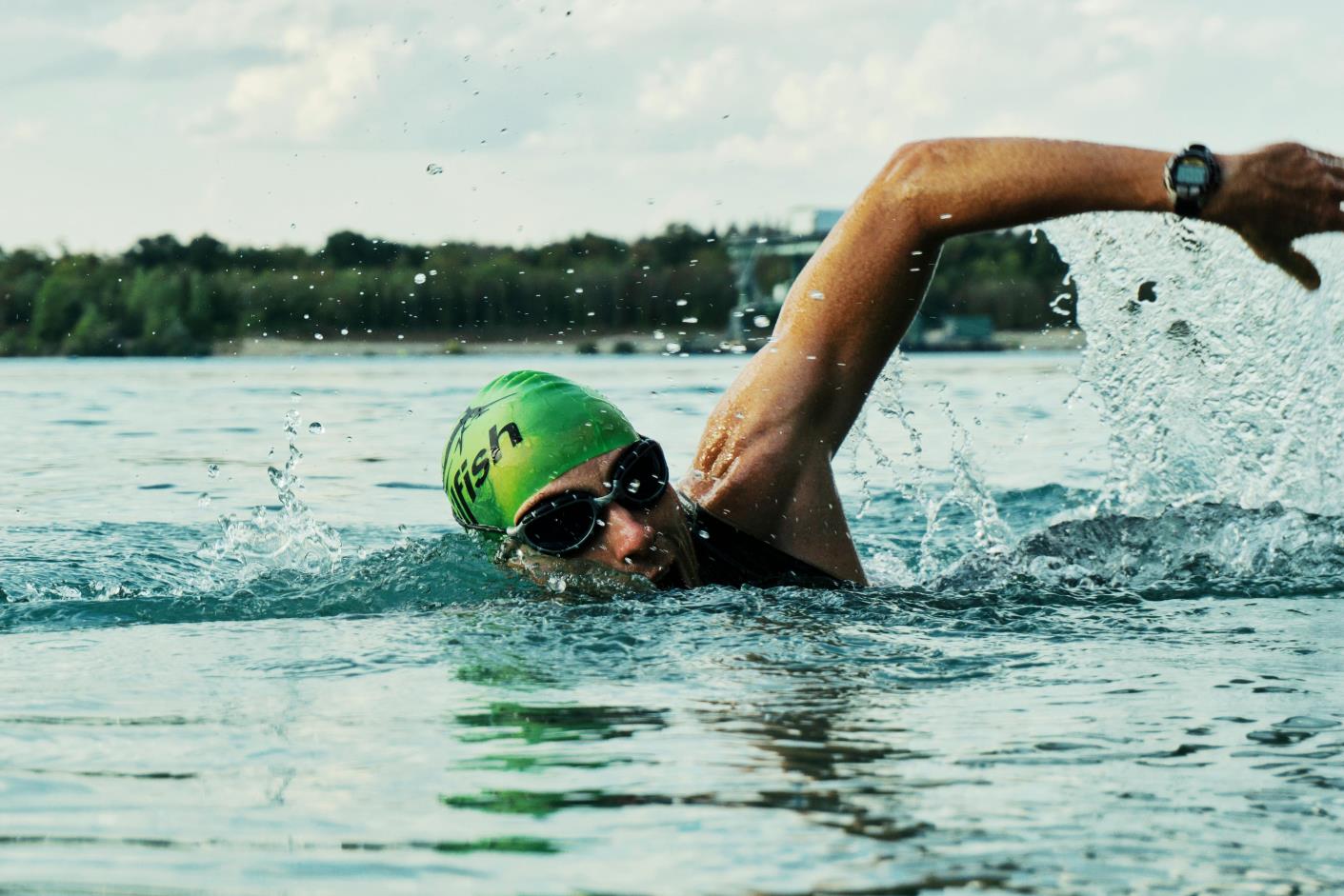
Get your FREE Swim Workouts for Triathletes Book
Bike Fuelling
Think of the bike leg as a “Rolling Buffet”. Athletes can typically consume more calories and fluids during the bike leg as your stomach is not moving much and your heart rate tends to be quite steady and lower than the run.
Some athletes choose to wait a short period of time after they start cycling before eating or drinking to let your heart rate stabilise. Athletes should follow the plan that has been tested during training. This plan should be based on your estimated sweat rates during cycling based on your sweat rate test results.
In hot and humid races, athletes may be prescribed a sodium intake of 500–1,000 milligrams per hour.
Fluid needs will be based on sweat rate which we found out during your sweat test. |
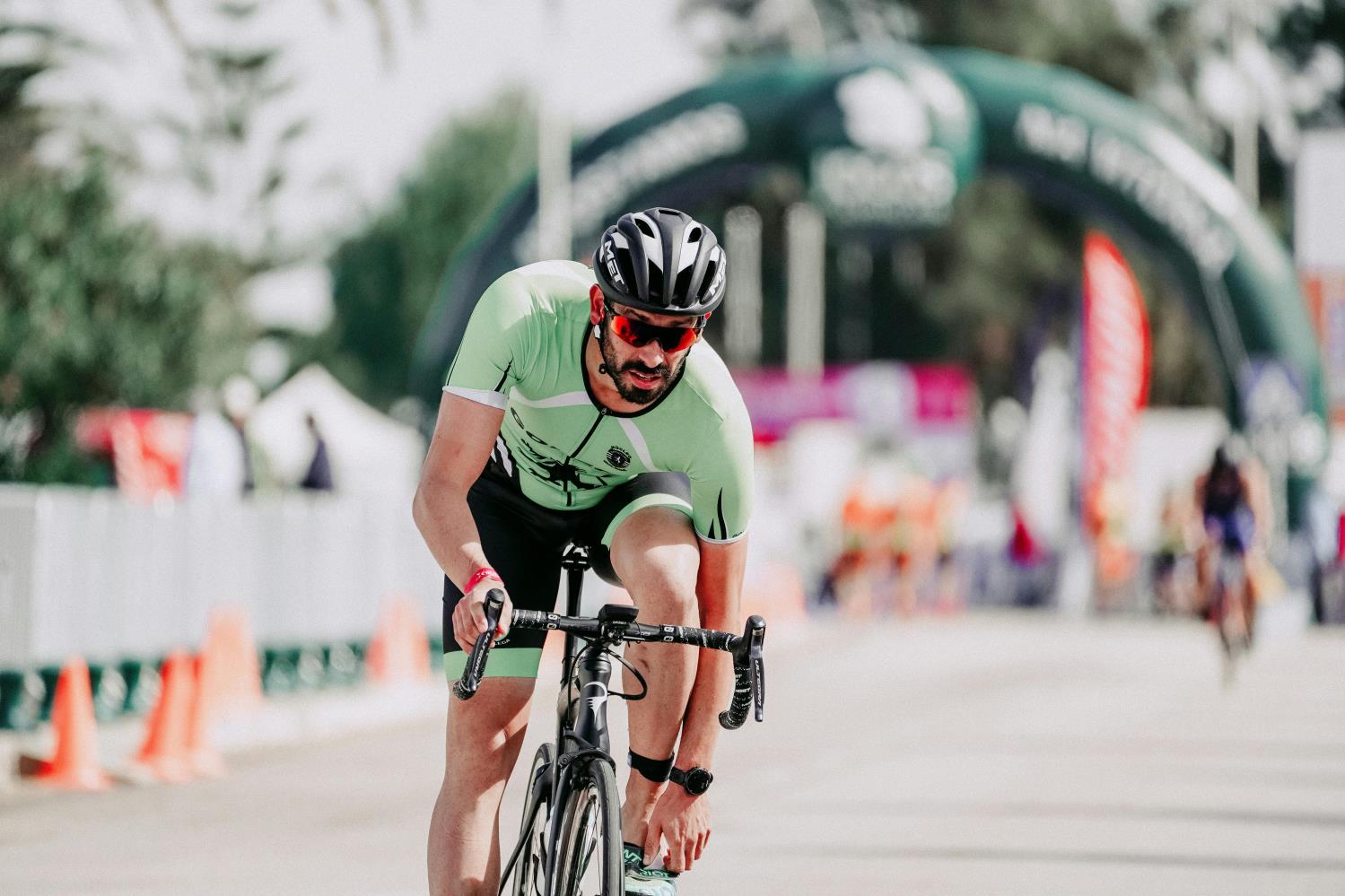
Get your FREE 7-Day Race Week Meal Plan for Triathletes
Run Fuelling
When running your stomach with be oscillating up and down and it will not be able to handle large amounts of food and drink. Your heart rate will also be higher on the run which will increase your de-hydration rate. It’s advisable to wait until your heart ready steadies on the run before eating or drinking. General rule of thumb is eat and drink when your HR is low so this may mean walking when you take on nutrition and hydration. To improve the rate of gastric emptying, it is recommended that athletes consume small amounts of liquids or semi-solid foods in frequent intervals of 15–20 minutes or little and often.
Follow your fuelling plan as much as possible as shown by the sweat test and practice in training, and to stop at the aid station for sports nutrition products if planned, even if you are feeling good.
Heart rates are generally highest during the run leg, and dehydration is more likely to occur. Both of these factors may impair your ability to absorb carbohydrates and liquids.
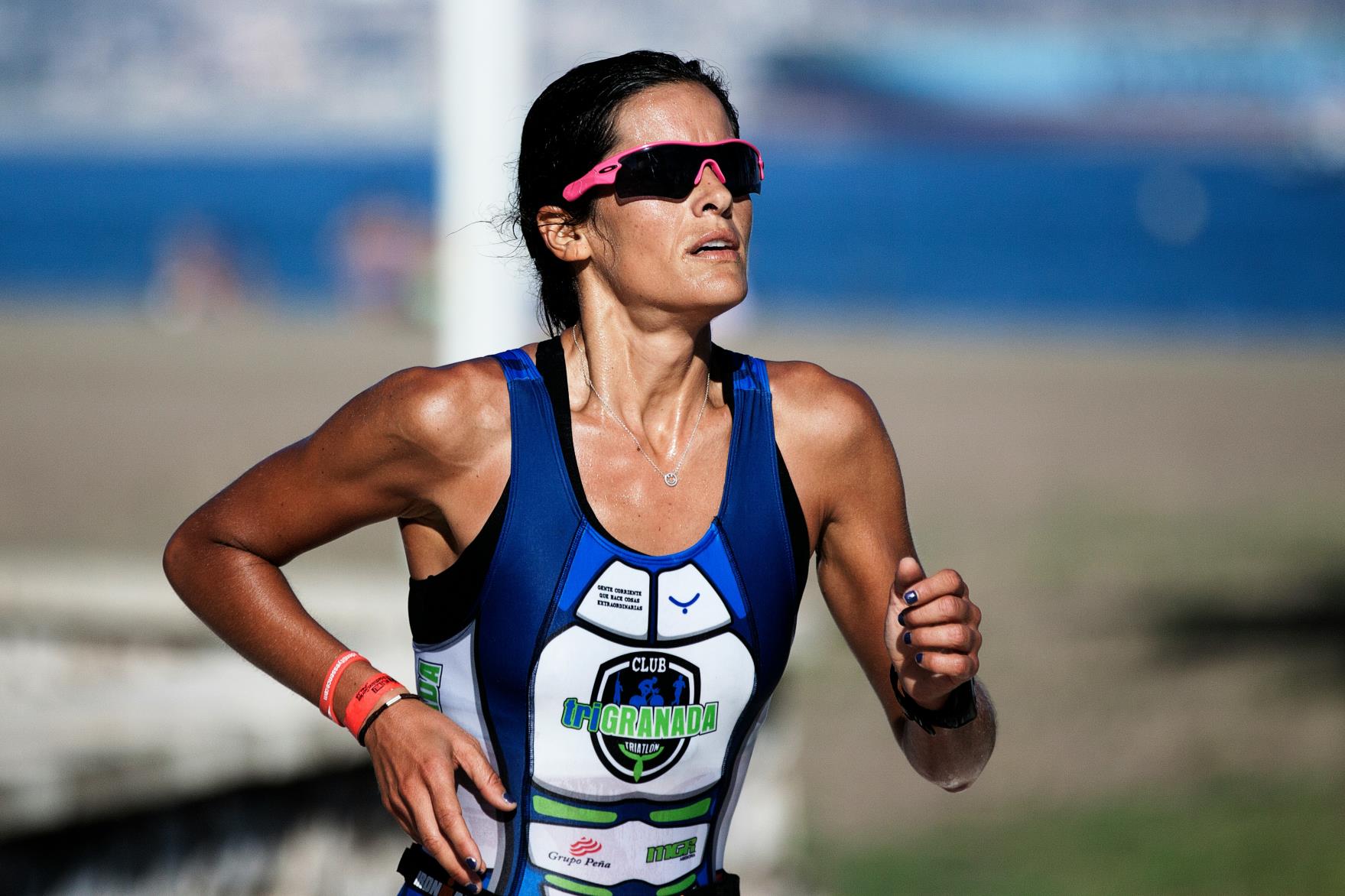
Get your FREE 7-Day Race Week Meal Plan for Triathletes
Avoiding GI Distress
GI distress is a common occurrence that affects many athletes during an IRONMAN.
The symptoms of GI vary among athletes and can be classified as upper-GI and lower-GI tract problems. Generally lower-GI tract problems are more severe, but all symptoms have the potential to negatively impact performance.
Who does GI distress affect?
According to one study, more than 43% of triathletes reported serious gastrointestinal (GI) problems and 7% did not finish because of these problems. This study also showed a strong correlation between GI symptoms and having a history of GI symptoms. The use of non-selective non-steroidal anti-inflammatory drugs (NSAIDs) has been associated with a three- to five-fold increased risk of upper GI complications.
What are the symptoms of GI distress?
There are three main causes of GI symptoms.
The most common cause is physiological (a reduced blood flow to the gut). Other causes are mechanical. For example, the bouncing effect of running may cause GI distress. Other causes are nutritional. Nutritional problems may be causes by issues with the athlete’s intake of fructose, fibre, fat, protein and concentrated carbohydrate solutions. GI issues may also occur to an athlete’s lack of sodium and/or dehydration. How to respond to GI distress Often, the triathlete may have no other choice than to slow his or her pace and provide the stomach and intestinal symptom an opportunity to empty. When symptoms improve, he or she should restart the fuelling and hydration process by consuming a sports drink. Remember: To prevent GI problems, you will have tried and tested your fuel options and volume to prepare the gut for the stress of a long race during the entire training season. A tested race day nutrition plan will eliminate many unnecessary GI issues on race day.
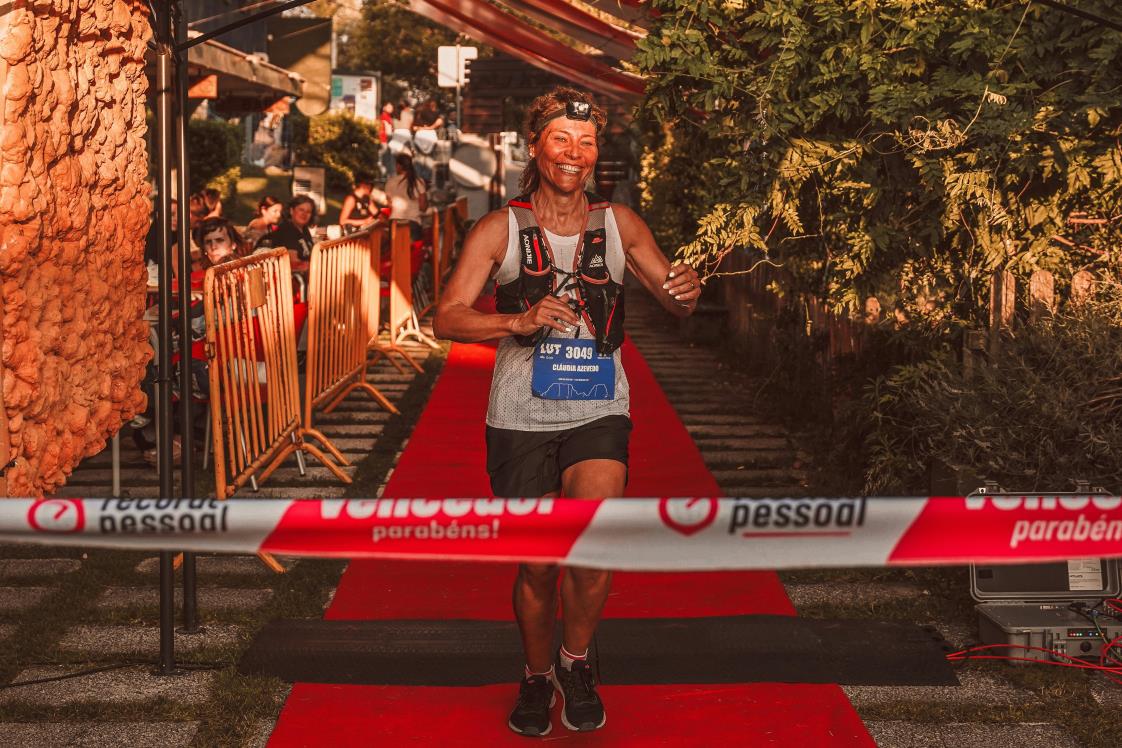
Get your FREE 7-Day Race Week Meal Plan for Triathletes
After the Race (within one hour)
Easily digested food that contains sodium - Gently re-hydrate and consume foods that contain sodium.
Fluids: 24 oz / 700ml of fluid that contains – sodium 300–500 mg (Breads, starches, dairy, and recovery sports beverages contain sodium).
Carbs 65–70 g (Have another 65–70 g of carbohydrate two hours after the initial recovery feeding)
If you can add in 10–15 g protein which is good for muscle restoration.
How to Carry Nutrition
One area that is often overlooked is how to carry race day nutrition. There will be aid stations on the course and its worth seeing where they are and what they stock. Aid stations can run out of items and may only provide water so it’s worth planning to carry your own. Try out the race day nutrition well before the event and see if they cause you GI problems. If they don’t then you know you have a backup if needed.
If you have special dietary needs, then for IRONMAN events you can use a special needs bag where you can pick up your nutrition at about halfway round the bike course. On the very rare occasion these bags can be misplaced so it’s worth carrying some spare nutrition just in case this happens.
You also can put nutrition in your transition area so plan what you will have there for each leg.
Bike - Carrying Nutrition and Hydration
On the bike most people use bottle holders for water and energy drink. You can get bottle holders that attach to the bike frame, behind your seat or if you use tri bars then you can get bottles that sit in between with a drinking straw. You should try out options well before race day and use them during training sessions.
For gels and bars on the bike you can use a bento box, tape them to your frame or put them in your cycling top pockets or Trisuit pockets. Long course triathlon suits tend to have pockets but its worth checking. If you want to take fuel at certain times on the bike you can write times and quantities on masking tape and tape it your cross bar to remember this.
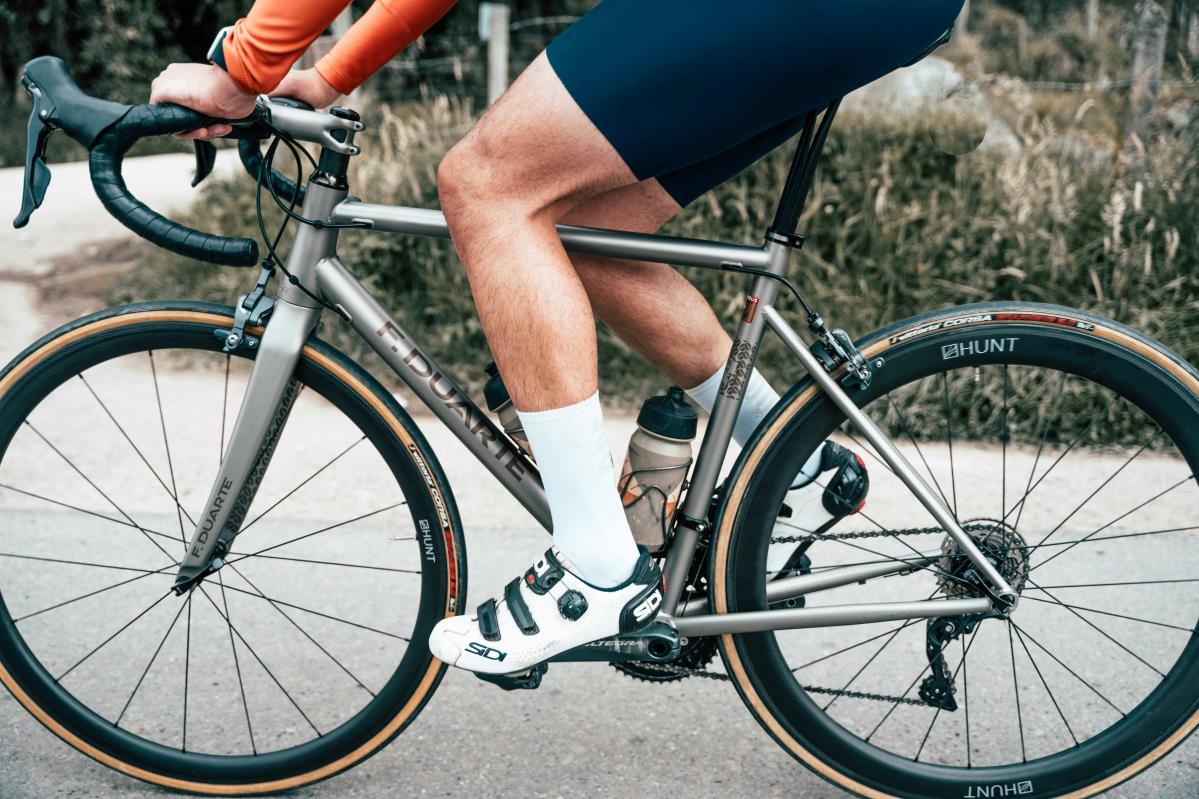
Get your FREE 31 Structured Cycling Sessions and Training Plan
Run - Carrying Hydration and Nutrition
On the run you can carry gels and bars in your Trisuit pockets or in your number belt.
Number belts are great to carry gels so choose a number belt with loops in the elastic where you can stuff gels and bars. Practice ways to carry nutrition during training. GI issues are more likely to occur on the run leg so make sure you train with the products you will use on race day. Other options include energy tablets like Dextro Energy tabs which can be carried easily. Again, you can arrange for a special needs bag about halfway round the run course on the IRONMAN races. You can also put items of clothing in the bag, for example a long sleeved top if you think you may get cold.
At an IRONMAN event you will be issued with 5 race bags at pack pick up:
1. Transition 1: Bike Bag
2. Bike Special Needs Bag
3. Transition 2: Run Bag
4. Run Special Needs Bag
5. Dry Clothes Bag - This is where you can place the clothes and shoes you wore to the race site on race morning. You’ll collect it post-race and it feel good to put on dry, clean clothes after your event.
You can learn more about how to fuel your training take a look at this blog about BMR and Macros.
Make sure you choose your nutrition and hydration brands well to cut down on the risk of contamination with a banned substance. You can check your products on this supplements checker.
Conclusion: Race Day Nutrition
Embarking on an IRONMAN is a monumental endeavor, and having a well-thought-out nutrition and hydration plan is crucial to your success. By consuming balanced meals in the hours leading up to the race and strategically fueling during each segment, you can maintain energy levels and prevent fatigue.
Remember to practice your nutrition strategy during training to ensure it works for you and to avoid any race-day surprises. With careful planning and preparation, you'll be well-equipped to cross the finish line strong and accomplish your IRONMAN goals. Best of luck on your journey!
Karen Parnell is a Level 3 British Triathlon and IRONMAN Certified Coach, 8020 Endurance Certified Coach, WOWSA Level 3 open water swimming coach and NASM Personal Trainer and Sports Technology Writer.
Karen is currently studying for an MSc in Sports Performance Coaching at the University of Stirling.
Need a training plan? I have plans on TrainingPeaks and FinalSurge:
I also coach a very small number of athletes one to one for all triathlon and multi-sport distances, open water swimming events and running races, email me for details and availability. Karen.parnell@chilitri.com
Get your FREE Guide to Running Speed and Technique
Get your FREE Swim Workouts for Triathletes E-book
Get your FREE Open Water Swimming Sessions E-Book

Get your FREE Guide to Running Speed and Technique
Get your FREE 7-day race week meal plan.
Products to Help you Carry Your Hydration and Nutrition
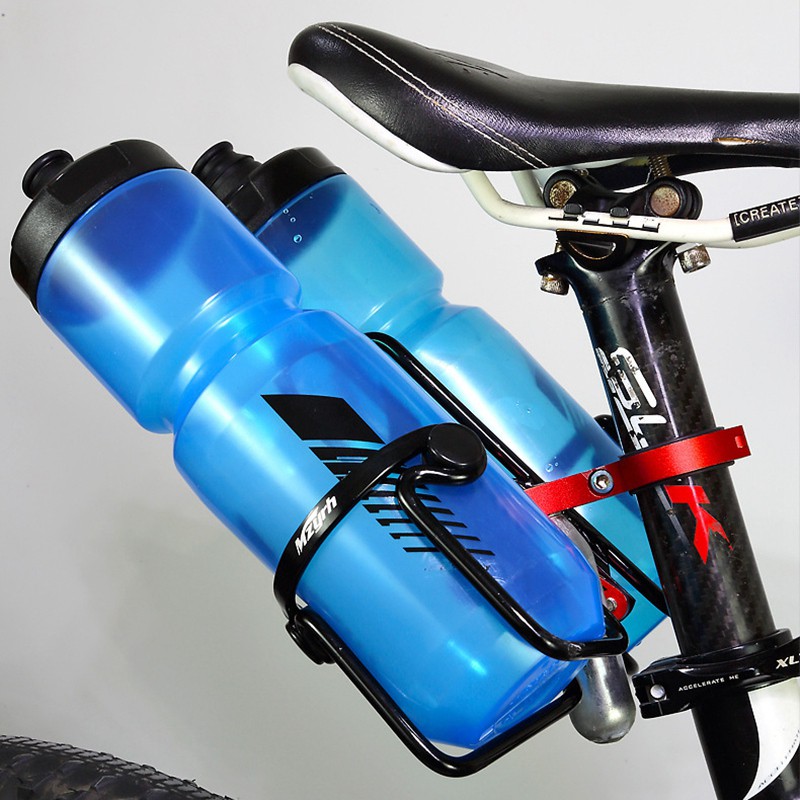
Seat Bottle Carrier
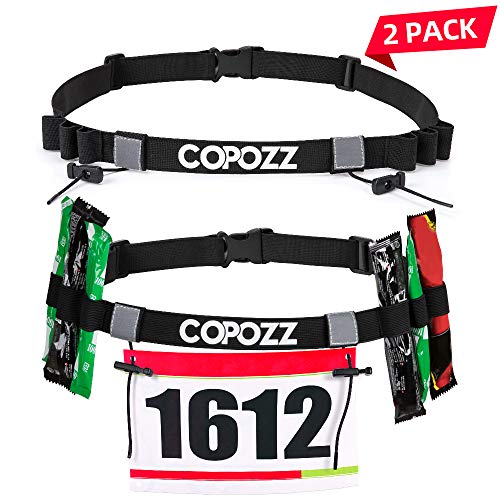
Number Belt to show your race number plus carry gels
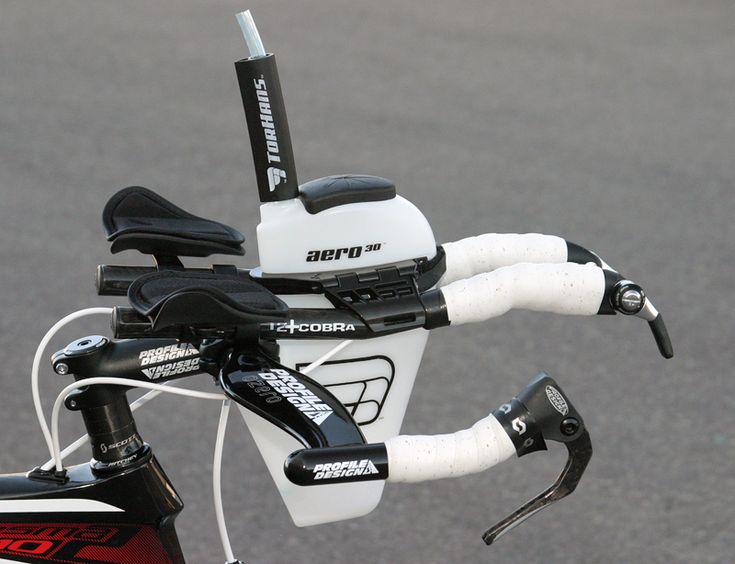
Tri Bar Bottle - easy to drink from!
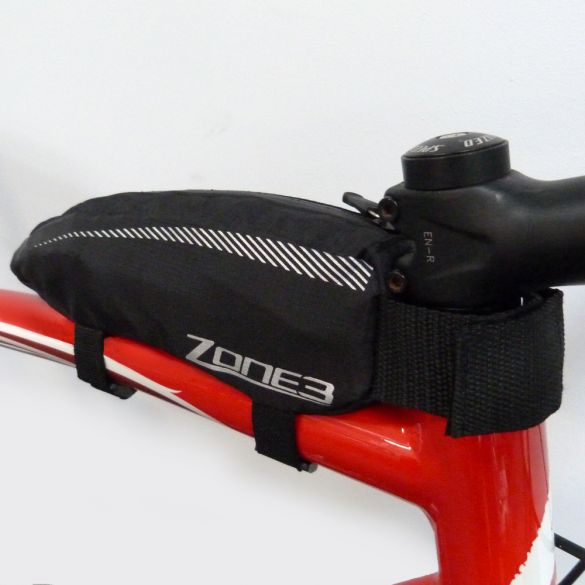
Triathlon Bento Box (Top Tube Bag)
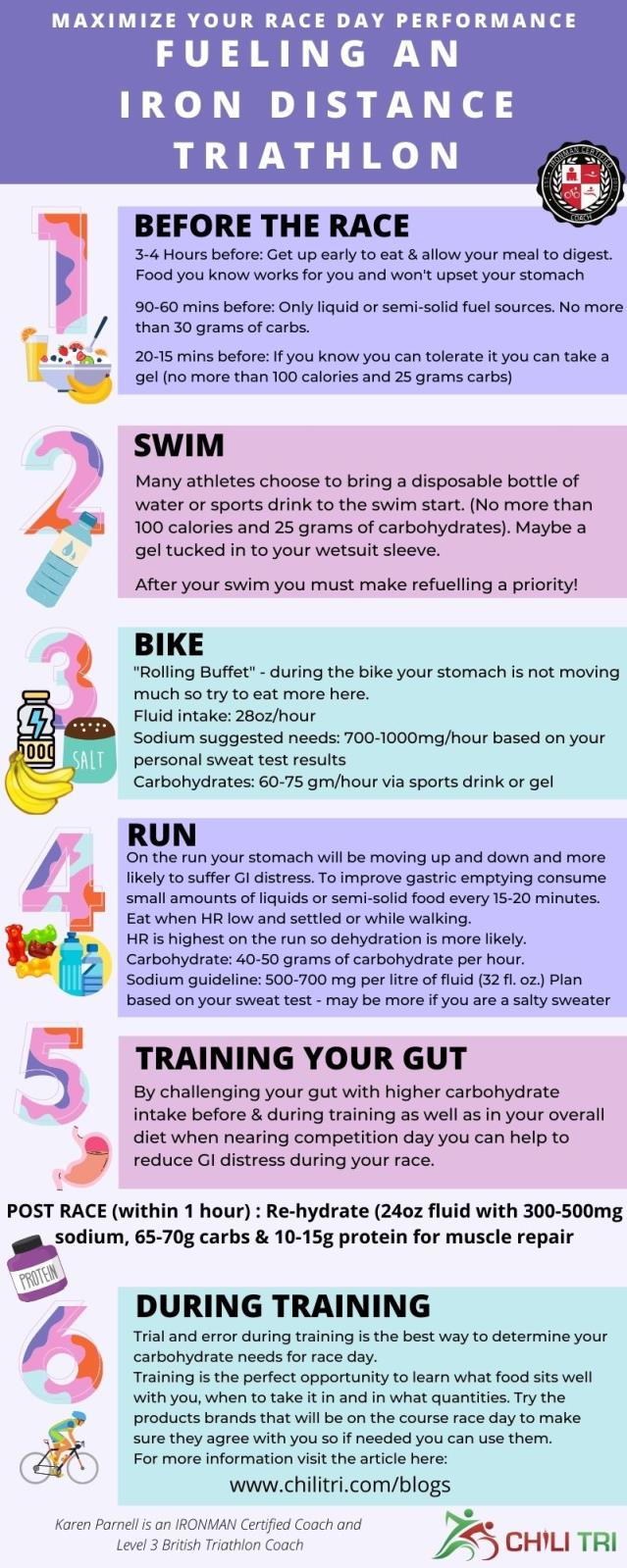
IRONMAN and IRONMAN 70.3 race day nutrition and hydration infographic
FAQ: Fuelling for a triathlon and carrying nutrition and hydration
How should I fuel for a triathlon, from sprint to Ironman distance?
Fuelling for a triathlon requires a strategic approach to meet the energy demands of each discipline. Here are some general guidelines:
- Carbohydrates: Prioritize carbohydrates as the primary fuel source. Aim for a balanced intake of complex carbs (whole grains, fruits, vegetables) and simple carbs (sports drinks, gels) before, during, and after the race.
- Pre-race meal: Consume a carbohydrate-rich meal 2-3 hours before the race to provide sustained energy. Experiment with different foods during training to find what works best for you.
- During the race: Consume easily digestible carbohydrates during the bike and run segments, such as energy gels, chews, sports drinks, or bars. Aim for around 30-60 grams of carbohydrates per hour, depending on the duration and intensity of the race.
- Hydration: Stay hydrated throughout the race. Sip on water or electrolyte drinks regularly, especially in hot and humid conditions. Consider your sweat rate and adjust fluid intake accordingly.
How should I carry my nutrition and hydration during a triathlon?
Carrying nutrition and hydration depends on personal preference and the distance of the triathlon:
- Shorter distances: For sprint and Olympic distance races, it may be feasible to rely on aid stations for hydration. You can use a race belt with small pockets to carry gels or energy chews.
- Longer distances: For half Ironman and Ironman races, it's important to have a reliable nutrition strategy. Consider using a hydration belt or vest with multiple pockets to carry gels, chews, or small energy bars. Some athletes also attach nutrition pouches to their bike frame or use a top tube bag for easy access during the bike leg.
Should I practice my fuelling strategy during training?
Yes, practicing your fuelling strategy during training is crucial to ensure it works well for you. Use your long training sessions or race simulations to test different nutrition and hydration products, practice timing, and assess how your body responds. This allows you to refine your strategy and address any potential issues before race day.
How do I determine my individual fuelling needs?
Individual fuelling needs can vary, so it's important to experiment during training. Factors such as body weight, intensity, weather conditions, and personal tolerance play a role. Keep a training and nutrition diary to record your intake, performance, and how you felt during training sessions. This data will help you identify what works best for you.
Are there any general tips for fuelling during a triathlon?
Yes, here are a few additional tips:
- Timing: Start fuelling early in the race, especially on longer distances. It's easier to maintain energy levels than to catch up once you're depleted.
- Practice: Train with the nutrition and hydration products you plan to use during the race to ensure they agree with your digestive system.
- Test in different conditions: Experiment with different fuelling strategies during training sessions in various weather conditions to adapt to changing circumstances.
- Don't forget electrolytes: In addition to carbohydrates, consider including electrolyte drinks or electrolyte tablets to replenish lost minerals through sweat.
- Listen to your body: Everyone is unique, so pay attention to how your body responds to different types and amounts of fuel. Adjust based on what works best for you.
Remember, nutrition and hydration strategies are individualized, so it's important to find what works for your body and preferences. Consulting with a sports nutritionist or dietitian can provide personalized guidance based on your specific needs and goals.
#traithlontrainingplans #swimmingtrainingplans #runningtrainingplans #nutrition #triathlon #swimming #cycling #running

.png)
